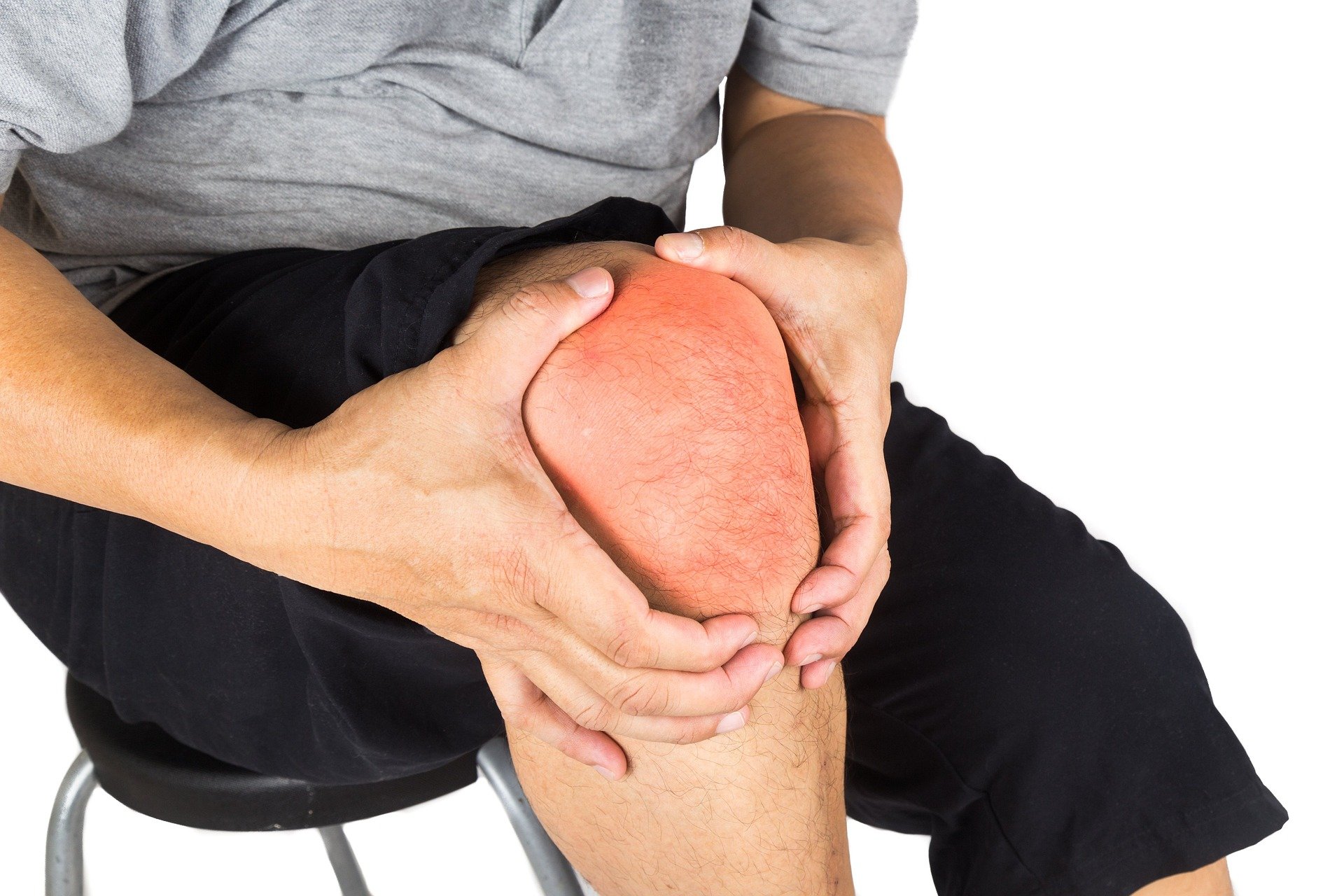Key Signs of Gout Symptoms You Should Recognize
Gout is a painful form of inflammatory arthritis that can strike suddenly and severely. Characterized by intense pain, swelling, and tenderness in the joints, this condition affects millions worldwide. Recognizing the early signs of gout is crucial for prompt treatment and preventing potential complications. This article explores the key symptoms of gout, how to identify them, and effective management strategies.

What Are the Early Signs of Gout?
Gout often begins with subtle warning signs before a full-blown attack occurs. One of the earliest gout early signs is intermittent joint discomfort that comes and goes. You might notice mild pain or stiffness in certain joints, particularly the big toe, that resolves on its own. Some people experience a vague sensation of warmth or tenderness in affected joints days or even weeks before an acute attack.
Another early indicator is reduced range of motion in the affected joint. You may find it increasingly difficult to move the joint normally as inflammation begins to develop. Additionally, some individuals report unusual fatigue or low-grade fever prior to a gout flare. Pay attention to these subtle changes, as recognizing these early warning signs allows for preventive measures before severe symptoms develop.
How to Recognize Gout During an Acute Attack
Acute gout attacks are unmistakable in their intensity. The most distinctive gout signs and symptoms during a flare include sudden, severe joint pain that often starts at night. This pain typically affects the big toe (a condition called podagra) in about 50% of first-time gout attacks, but can also occur in ankles, knees, elbows, wrists, and fingers. The pain reaches its peak intensity within 12-24 hours of onset and can be so extreme that even the weight of a bed sheet on the affected area becomes unbearable.
Visual symptoms are equally telling. The affected joint becomes visibly swollen, red, and shiny. The skin over the joint may appear stretched and can feel warm or hot to the touch. Many people describe the joint as looking “infected” due to the intense inflammation. Unlike other forms of arthritis that develop gradually, gout attacks come on rapidly, often within hours, making them particularly distressing. These attacks typically last 3-10 days without treatment before subsiding.
Advanced Gout: Signs of Chronic Condition
If gout remains untreated or poorly managed over years, it can develop into a chronic condition with distinctive features. Chronic gout is characterized by persistent low-grade pain, swelling, and limited movement in affected joints. Unlike the dramatic flares of acute gout, chronic symptoms may be present constantly but at a lower intensity.
The most visible sign of advanced gout is the development of tophi – hard, painless deposits of uric acid crystals under the skin. These appear as chalky, white nodules typically around joints, earlobes, or the olecranon bursa (elbow). Tophi can cause permanent joint damage and deformity if left untreated. Joint erosion becomes evident on X-rays, and affected joints may become progressively stiffer and less functional. Some patients with chronic gout also develop kidney problems, including kidney stones, due to prolonged elevated uric acid levels.
Gout vs. Other Joint Conditions: Differential Diagnosis
Distinguishing gout from other joint conditions is essential for proper treatment. While gout signs and symptoms can resemble other arthritic conditions, several factors make it unique. Gout attacks have a sudden onset and extreme intensity compared to the gradual development of osteoarthritis. The affected joints also differ – gout commonly targets the big toe first, while rheumatoid arthritis typically affects smaller joints in the hands and feet symmetrically.
The appearance of the affected joint is another distinguishing factor. Gout causes more dramatic redness, shining, and swelling than most other forms of arthritis. Gout also tends to affect only one or a few joints during an attack, whereas conditions like rheumatoid arthritis usually impact multiple joints simultaneously. Additionally, gout attacks typically resolve completely between flares (at least initially), while other forms of arthritis often cause persistent symptoms.
How to Manage Gout Effectively
Effective gout management requires a multifaceted approach. During an acute attack, treatment focuses on reducing inflammation and pain. Nonsteroidal anti-inflammatory drugs (NSAIDs) like naproxen or indomethacin are commonly prescribed. For those who cannot take NSAIDs, colchicine or corticosteroids may be alternatives. Resting the affected joint, applying ice for 20-30 minutes several times daily, and elevating the limb can provide additional relief.
Long-term management aims to prevent future attacks by lowering uric acid levels. Medications such as allopurinol or febuxostat help reduce uric acid production, while probenecid enhances uric acid excretion through the kidneys. Lifestyle modifications are equally important – maintaining a healthy weight, limiting alcohol consumption (especially beer), and avoiding purine-rich foods like red meat and seafood can significantly reduce gout risk. Staying well-hydrated helps dilute uric acid in the bloodstream, facilitating its excretion.
When to Seek Medical Care for Gout Symptoms
Knowing when to consult a healthcare provider about potential gout symptoms is crucial for proper diagnosis and treatment. You should seek medical attention if you experience sudden, intense joint pain, especially in the big toe, foot, ankle, or knee. Severe pain that makes walking difficult or prevents sleep warrants prompt evaluation. Additionally, if you notice significant swelling, redness, and warmth in a joint – particularly if accompanied by fever – professional assessment is necessary.
For those with diagnosed gout, certain situations require immediate medical care. These include attacks that last longer than 10 days despite treatment, progressively worsening pain instead of improvement, or development of new symptoms like fever over 101°F (38.3°C). People with existing heart disease or kidney disease should be especially vigilant about seeking prompt medical care for gout symptoms, as these conditions can complicate treatment options.
This article is for informational purposes only and should not be considered medical advice. Please consult a qualified healthcare professional for personalized guidance and treatment.




